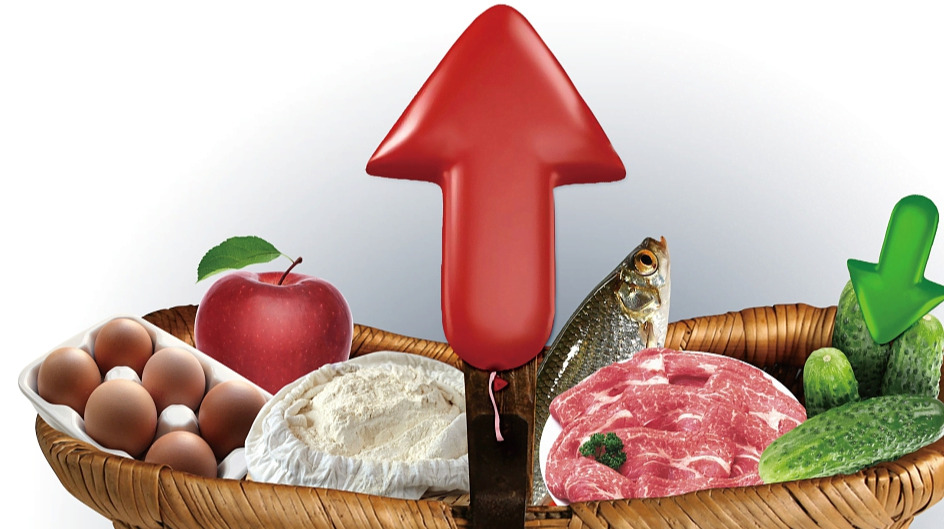
Among major cereals, wheat export prices dropped the most, declining 2.4 percent on the month, reflecting good supplies and encouraging production prospects for the 2021 crops, FAO said [File: David Gray/Bloomberg]
Rome, April 11 (RHC)-- World food prices rose for a 10th consecutive month in March, hitting their highest level since June 2014, led by jumps in vegetable oils, meat and dairy indices, the United Nations food agency said on Thursday.
The Food and Agriculture Organization’s food price index, which measures monthly changes for a basket of cereals, oilseeds, dairy products, meat and sugar, averaged 118.5 points last month versus a slightly revised 116.1 in February.
The Rome-based FAO also said in a statement that worldwide cereal harvests remained on course to hit an annual record in 2020, adding that early indications pointed to a further increase in production this year.
FAO’s cereal price index fell 1.7 percent month on month in March, ending eight months of consecutive gains, but still 26.5 percent higher than the same period last month. Among major cereals, wheat export prices dropped the most, declining 2.4 percent on the month, reflecting good supplies and encouraging production prospects for the 2021 crops, FAO said.
FAO’s vegetable oil price index surged 8 percent on the month to reach its highest level since June 2011, lifted by higher prices for palm, soy, rape and sunflower oils. Dairy prices rose for a 10th month running, registering a 3.9 percent increase. FAO said one of the drivers in the sector was milk powder, which was boosted by a surge in imports in Asia, especially China, due to concerns about short-term supplies.
The meat index climbed 2.3 percent, but unlike all the other indices, it was still slightly down on a year-on-year basis. FAO said poultry and pig meat quotations increased, underpinned by a fast pace of imports by Asian countries, mainly China.
Sugar prices dropped 4 percent month on month, but was still up 30 percent on the year. March’s decline was fuelled by prospects of large exports from India, FAO said.
FAO raised its forecast for the 2020 cereal season to 2.765 billion tonnes from a previous estimate of 2.761 billion, pointing to a 2 percent increase year on year. Looking ahead, FAO said it expected global cereal production to increase for a third consecutive year in 2021.
Global wheat production was seen hitting a new high of 785 million tonnes this year, up 1.4 percent from 2020 levels, driven by an anticipated sharp rebound across most of Europe and expectations of a record harvest in India, FAO said.
Above-average outputs were also expected for maize, with a record harvest forecast for Brazil and a multiyear high predicted for South Africa. For the current 2020-21 marketing season, global cereal utilisation was forecast at 2.777 billion tonnes, 2.4 percent up on the previous year, driven largely by higher estimates of feed use of wheat and barley in China, where the livestock sector is recovering from African swine fever.

